Flatbed trailers are a crucial component of freight transportation, utilized widely due to their versatility and ease of loading and unloading cargo. Understanding the dimensions—especially the standard length—of flatbed trailers is essential for transport managers, logistic companies, and procurement teams. This article dives deep into various aspects of flatbed trailer dimensions, specifications, and applications, offering a thorough glimpse into the industry.
1. Key Dimensions of Flatbed Trailers
1.1 Standard Lengths of Flatbed Trailers
The most common lengths for flatbed trailers typically range from 36 to 53 feet. However, various types of flatbed trailers exist, each optimized for specific purposes:
| Trailer Type | Standard Lengths |
|---|---|
| Standard Flatbed | 48 feet, 53 feet |
| Step Deck Trailer | 48 feet, 53 feet |
| Extendable Flatbed | 40 feet (can extend to 60 feet or more) |
| Lowboy Trailer | 20 to 30 feet |

1.1.1 Standard vs. Specialized Lengths
While standard flatbed trailers, such as the common 48 and 53-foot varieties, are suitable for general freight, specialized trailers may be employed for oversized or unique loads. These include equipment, construction materials, and bulk goods.
1.2 Width and Height Specifications
Aside from length, flatbed trailers also have regulated width and height measurements. The standard width of a flatbed trailer is typically 8.5 feet (102 inches), while the overall height when loaded might reach 8.5 feet, adhering to federal regulations for height limits, though local laws could vary.
2. Factors Influencing Trailer Length Requirements
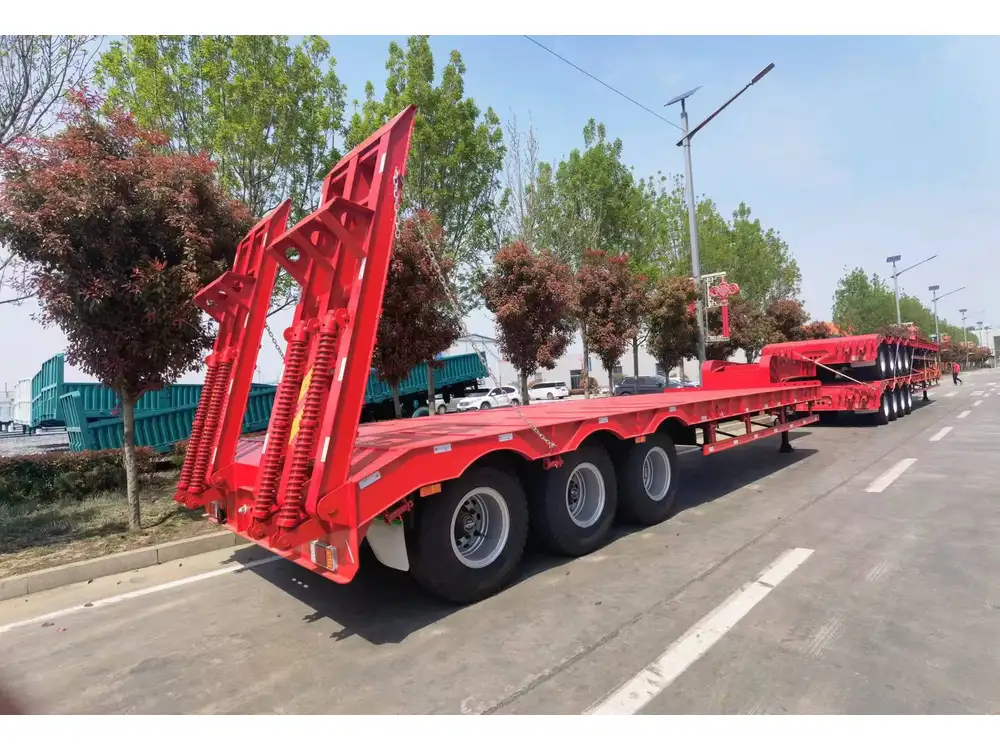
2.1 Nature of Cargo
Understanding the type of cargo being transported is imperative. For instance, longer loads such as lumber or large machinery necessitate using modular or extendable flatbeds.
2.2 Transportation Regulations
Regulations governing flatbed trailer dimensions can vary widely from state to state. It’s crucial to align with both federal and local compliance requirements, ensuring that the total length of the trailer and load does not exceed the allowable limits.
2.3 Logistics and Route Planning
The logistics approach will often dictate the required trailer length, influenced by the delivery route’s dimensional constraints. Urban settings might necessitate shorter trailers for maneuverability, while rural highways often accommodate longer setups.
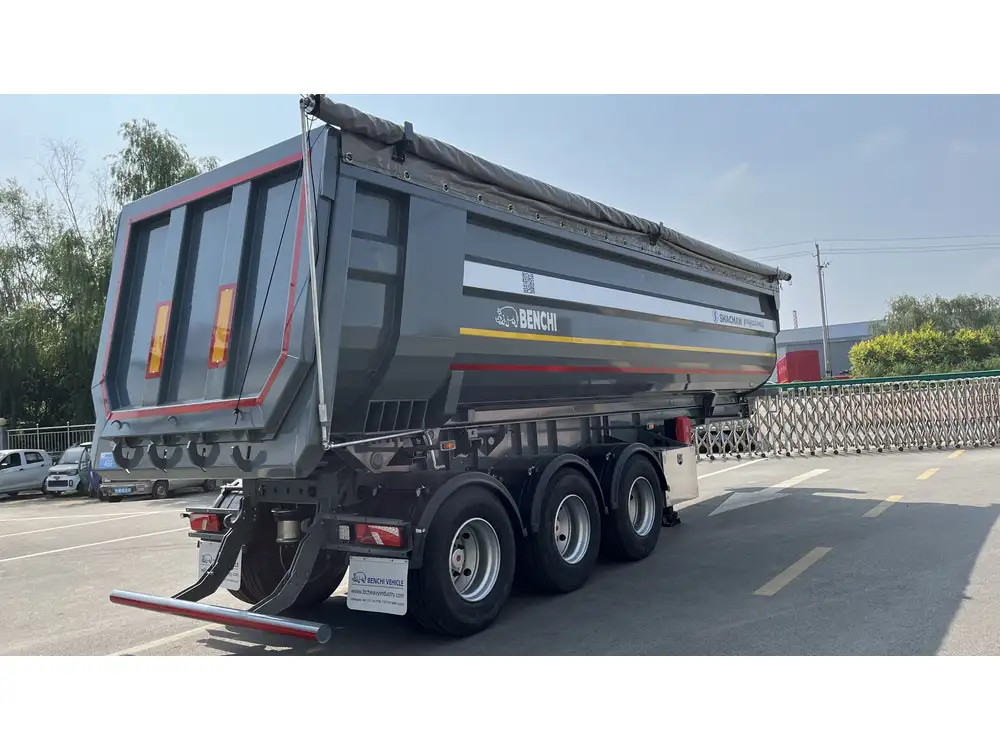
3. Common Applications of Flatbed Trailers
3.1 Construction and Heavy Equipment Transport
Flatbed trailers are essential in the construction industry for moving heavy equipment, such as excavators and backhoes. Their open design allows for versatile loading methods, minimizing on-site downtime.
3.2 Agricultural Goods Transportation
Flatbeds transport bulky agricultural products like hay bales, farm machinery, and live animals. The open structure facilitates easy loading/unloading, aligning with the agricultural sector’s demands for efficiency.

3.3 Freight and Logistics
Flatbed trailers are significantly employed in general freight logistics. Their design allows for a broader variety of goods, making them indispensable for shipping businesses.
4. Advantages of Using Flatbed Trailers
Flatbed trailers offer numerous benefits that enhance their utility across various industries:
4.1 Easy Loading and Unloading
The flat design allows goods to be loaded from the side or top, benefiting shippers with various logistics capabilities.
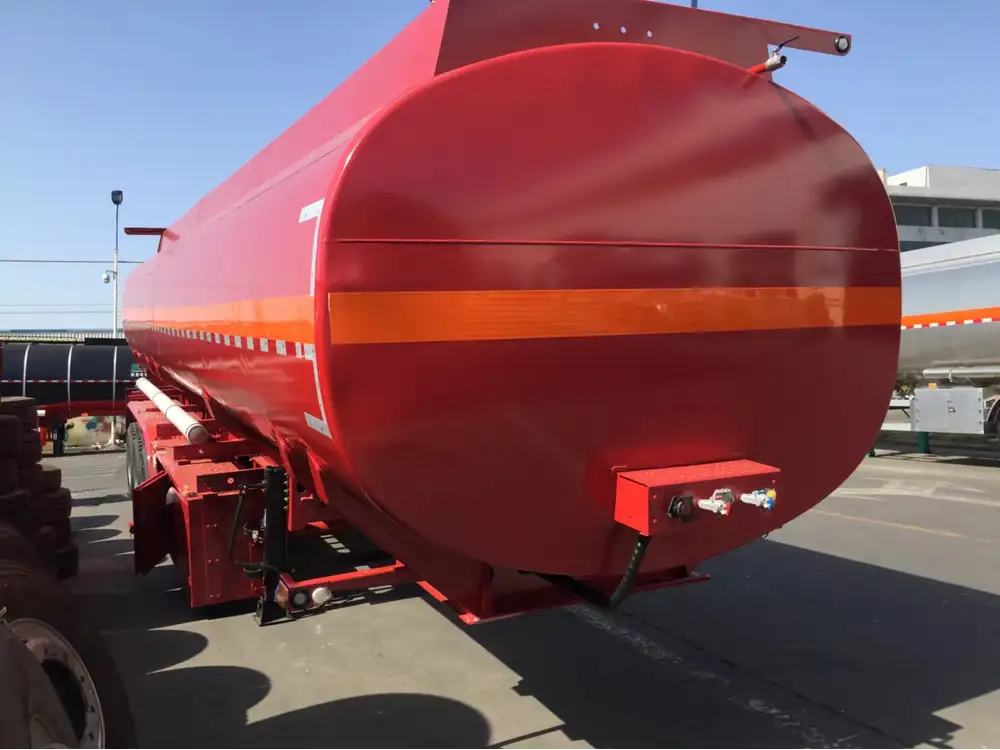
4.2 Versatile Cargo Capacity
These trailers are adaptable, accommodating different cargo shapes and sizes without the limitations posed by enclosed trailers.
4.3 Lightweight Construction
Many modern flatbed trailers utilize lightweight materials which improve fuel efficiency while extending load capacities.
4.1.1 Comparison Chart of Flatbed Trailer Types
| Trailer Type | Advantages | Ideal Use Cases |
|---|---|---|
| Standard Flatbed | High versatility, easy loading | General freight |
| Step Deck | Lower center of gravity, better for tall loads | Oversized equipment transport |
| Extendable Flatbed | Adjustable length for oversized loads | Variable cargo dimensions |
| Lowboy Trailer | Great for height-restricted loads | Heavy construction equipment |
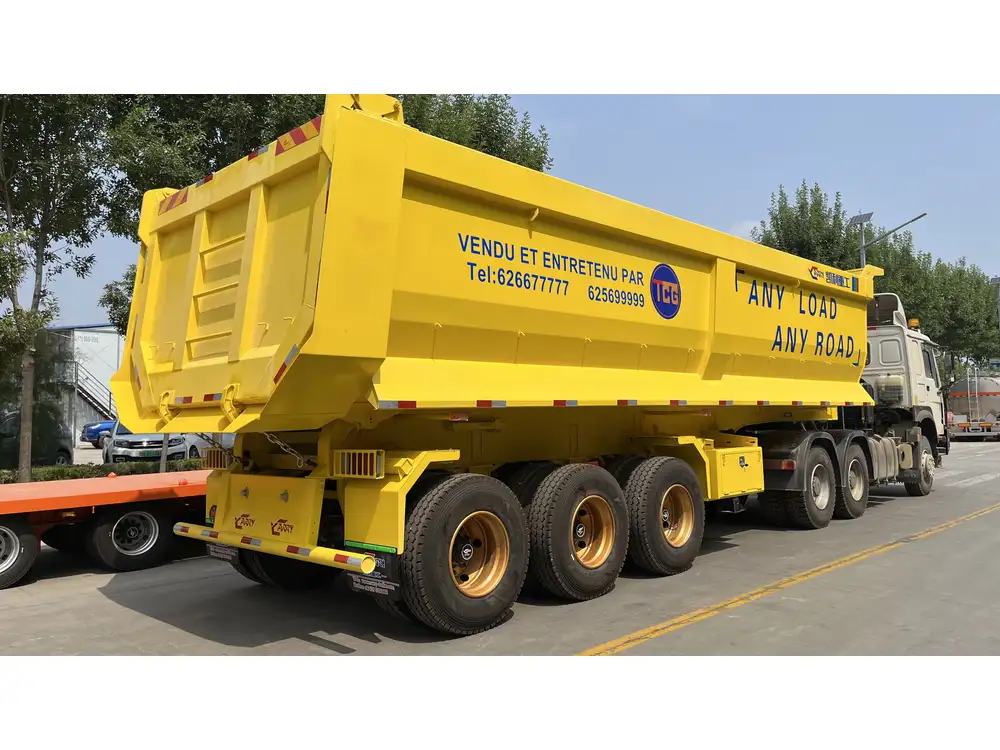
5. Choosing the Right Trailer Length
5.1 Assessing Cargo Dimensions
Before selecting a trailer, accurately measuring the dimensions of the cargo is vital. This includes length, width, height, and weight, aligning them against trailer specifications.
5.2 Consideration of Loading Equipment
Loading efficiencies must also be considered; enhancing the unloading process can directly influence the choice of flatbed lengths.

5.3 Evaluating Transport Logistics
Finally, analyzing logistical constraints such as delivery routes and final destination conditions will inform the best flatbed trailer length to choose.
6. Maintenance Tips for Flatbed Trailers
6.1 Regular Inspection and Upkeep
Routine inspections should focus on critical components like the hitch, suspension, wheels, and tires, ensuring that trailers remain in good working condition.

6.2 Load Distribution Monitoring
Proper load distribution is crucial, as improper loading can damage the trailer and cargo, which might lead to legal troubles or financial losses.
6.3 Compliance with Legal Regulations
Staying aware of regulatory changes regarding flatbed trailer specifications will help avoid substantial fines or transport delays.
7. Conclusion
In the world of logistics and freight transportation, understanding the standard dimensions of flatbed trailers—mainly their lengths, widths, and heights—enables better decision-making and operational efficiency. Whether transporting construction equipment, agricultural goods, or freight, the right flatbed trailer is critical for streamlining operations, adhering to regulations, and ensuring the safety of both cargo and personnel.
By dissecting the elements surrounding flatbed trailers and their specifications, we equip logistics professionals with the knowledge needed to optimize their fleets and meet their transport needs efficiently. Furthermore, with the insights shared herein, we’re confident that choosing the right trailer length will enhance not just efficiency but also profitability in the diverse landscape of freight transport.
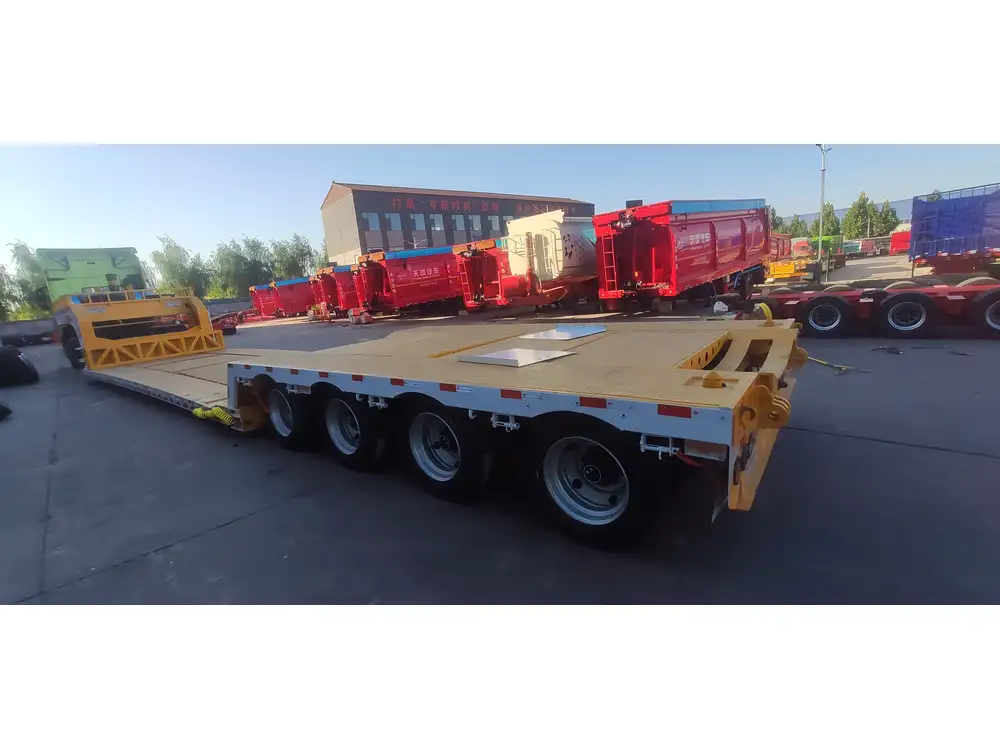
7.1 FAQs about Flatbed Trailers
What is the maximum load a standard flatbed trailer can carry? The maximum load varies by trailer and state regulations; typical flatbeds carry between 45,000 and 48,000 pounds.
Can flatbed trailers be used for hauling containers? Yes, flatbed trailers can transport shipping containers, but specialized chassis may be necessary for optimal safety and compliance.
What regulations should I consider when using flatbed trailers? It’s essential to be aware of weight, size, and safety regulations, which vary between states. Always consult local Department of Transport guidelines.
How do I determine the best flatbed trailer for my business? Evaluate your cargo specifications, loading/unloading methods, route requirements, and adherence to regulations to find the ideal trailer fit.
By compiling this comprehensive information on the dimensions, applications, advantages, and maintenance of flatbed trailers, those in the transportation industry can more effectively meet the challenges they face, facilitating smoother logistics operations.



